PayPal’s senior vice president of digital currencies, Jose Fernandez da Ponte, during a panel at Consensus 2025 in Toronto, stated that the key pillars sustaining stablecoin growth are banks and clear regulation.
His comments come as lawmakers close to passing stablecoin legislation that could transform the market and open it up to banks and also as the US seeks to update rules around digital assets.
For instance, the US Senate is readying for the massive vote on the GENIUS Act, Stablecoin Bill on Monday, 19th May. This came as Senate Majority Leader Jon Thune set up a “cloture vote” to advance the legislation after it faced repeated obstacles.
Fernandez da Ponte draws attention to the need for clear regulation in the crypto industry
Fernandez da Ponte claims that although it may seem counterintuitive if stablecoins are to grow outside of crypto-native circles, the banks in this market will be essential because their infrastructure, from custody to providing fiat rails, will be crucial. Both the fabric and the connectivity must function.
One other famous name that weighed in on the topic of conversation, Anthony Soohoo, chairman and CEO of MoneyGram, a cross-border money transfer service, claimed that this was a big breakthrough. Based on his argument, “There’s always hesitation: Can I trust this? [The stablecoin legislation] will answer many of those questions.”
Once there are clear regulations, both executives said, they expect consolidation after a wave of new issuers floods the industry. Fernandez da Ponte said there wouldn’t be just two stablecoins, or even 300, but more than that.
The stablecoin market is, at present, mostly run by Tether and Circle’s Stablecoins, commanding almost 90 percent of the $230 billion asset class. However, at a supply of $900 million, PYUSD is far behind.
Fernandez said market capitalization should not be the basis for measuring success. He said one should focus on velocity, active wallets, and the total number of transactions, emphasizing that that drives actual use.
In the meantime, customers have been hunting for stablecoins backed by dollars that they can use for international payments and as stores of value in nations with high inflation and volatile currencies. MoneyGram, which has nearly a million cash-access locations in over 200 countries, helps enable that access, Soohoo says.
According to sources, developed countries have been slower in embracing stablecoins. With adequate clear regulation, stablecoins can streamline cross-border disbursements and corporate treasury activities, Fernandez da Ponte said.
US Senate anticipates the vote on the GENIUS Act to reshape the Stablecoin market
The GENIUS Act is back in the spotlight as lawmakers make a final attempt to bring the legislation to the Senate floor following weeks of debate.
Senate sources say a bipartisan amendment is under consideration, with proposed changes that include stricter regulations for tech firms handling financial assets, enhanced consumer protections, and increased oversight of public figures—including Elon Musk. The amendment also aims to tighten bankruptcy protections and prevent misuse of FDIC insurance.
These changes could also make the bill more palatable to a wide array of Republicans. The pending vote will be the litmus test for whether the Senate is prepared to move forward with digital asset legislation that includes strict accountability without stifling innovation.
Led by Senator Bill Hagerty, the GENIUS Act imposes a regulatory structure for token issuers, rather with an emphasis on US dollar-pegged stablecoins. The bill would require issuers to meet strict licensing, asset backing, and transparency conditions.
Under the proposal, stablecoin issuers with more than $10 billion in assets would be subject to oversight by the Federal Reserve, while the states would regulate smaller issuers.
U.S. dollars or Treasury securities must fully back all stablecoins. The legislation is intended to strengthen the dollar’s status in the global marketplace and boost broader financial access in the digital era.
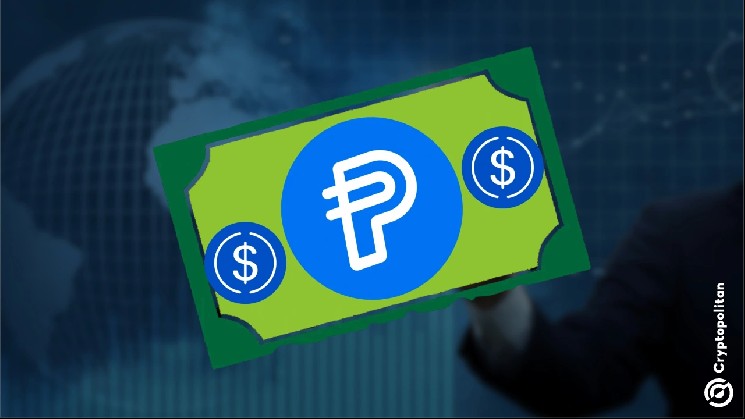




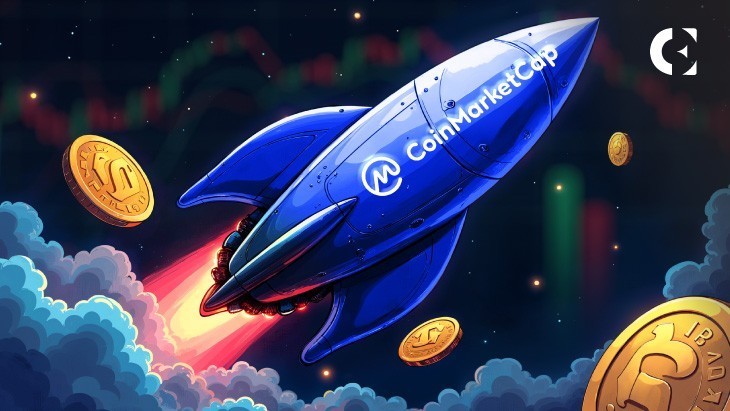

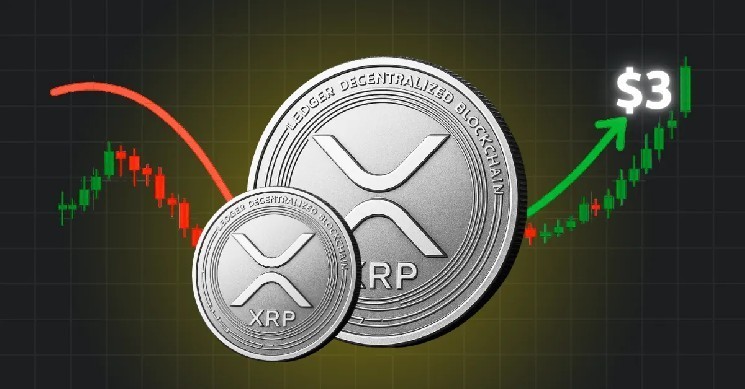

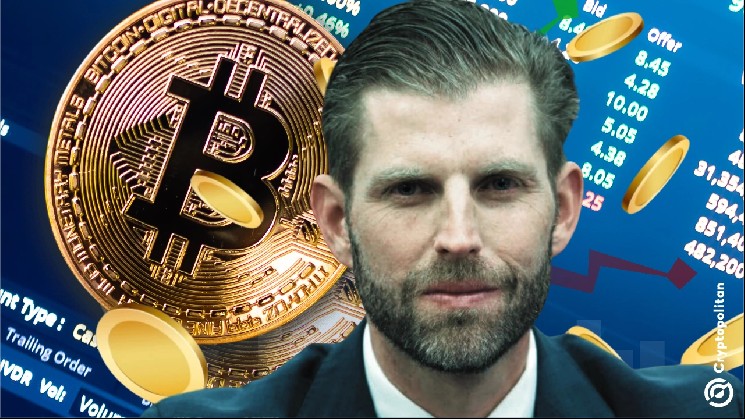
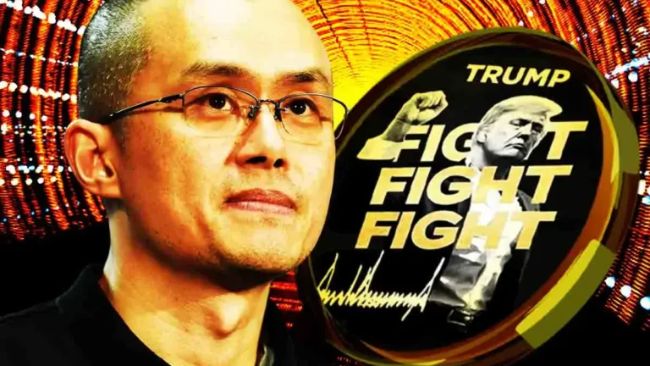
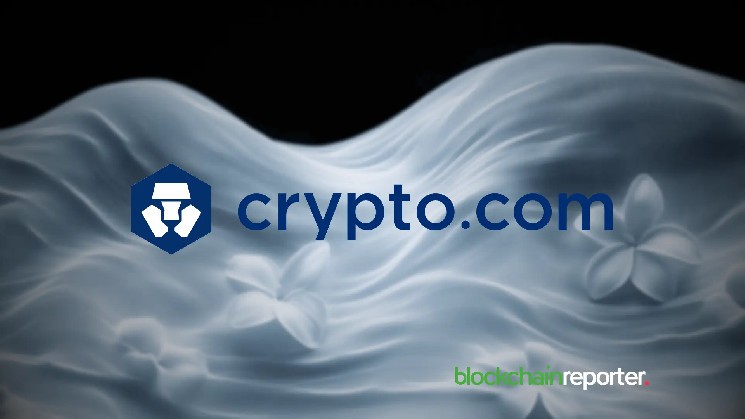
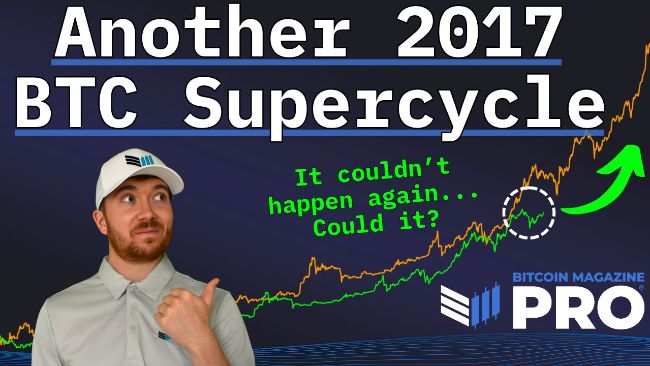
Leave a Reply